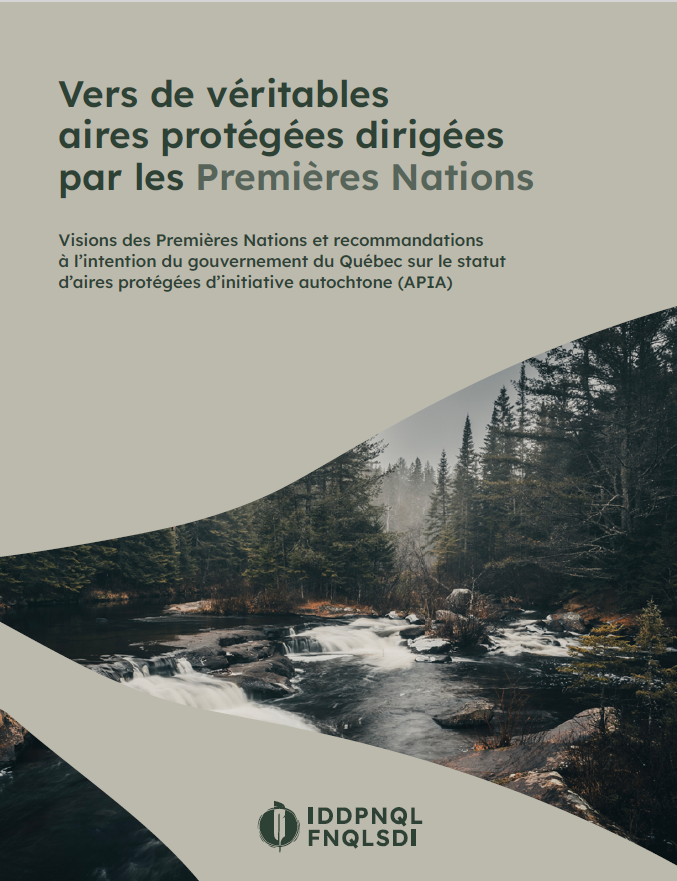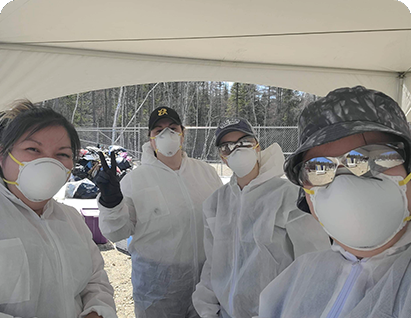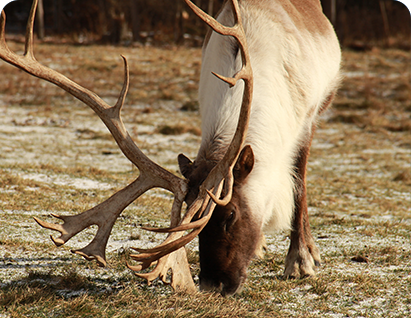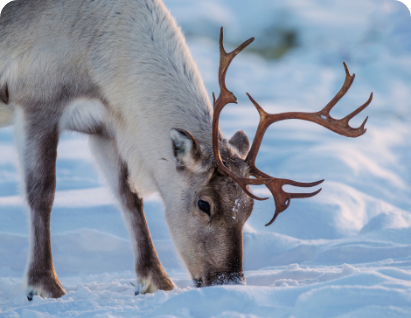Defining a protected area status aligned with the goals and visions of First Nations
We are working with all First Nations in Quebec to help define the new Aboriginal-Led Protected Area (ALPA) status under the Natural Heritage Conservation Act (NHCA).
We visited over 20 individual communities and brought together over 90 First Nations representatives at Vers un réseau d’aires protégées autochtones [Coming Together: Towards a Network of Indigenous Protected Areas] to hear and record their thoughts and views on land conservation.

Working together for Aboriginal-led protected areas
In February 2024, after a year of consulting and working closely with First Nations representatives, we finalized a report entitled“Towards True First Nations–Led Protected Areas.”
In the report, we use the input of First Nations to make recommendations to the Ministère de l’Environnement, de la Lutte contre les Changements climatiques, de la Faune et des Parcs (MELCCFP) on the definition of the new ALPA status and on how the ALPA guide should be developed. In particular, we discuss the recognition of Indigenous rights, governance and management, as well as the essential criteria to be taken into account for ALPAs.
This report is meant to further the MELCCFP’s efforts to define the ALPA status and guide in close collaboration with First Nations in Quebec.

Actionable measures for ALPAs
In addition to meeting individually with 21 communities and organizations from the 10 nations in Quebec, we brought together over 90 First Nations representatives at an event to hear and record their thoughts and views on land conservation.
We’ve also created a community of practice for First Nations protected areas, bringing together First Nations practitioners, guardians and other representatives to pursue discussions on ALPAs and share conservation knowledge.
And we’re providing individual First Nations with targeted support as they develop their protected area initiatives, from consideration to implementation. That support includes training on:
- The different protected area statuses
- The key stages in establishing a protected area
- The steps involved in mobilizing community members and collecting their views on initiatives
- How to conduct a land knowledge and occupation study
- How to plan the collection of field data (protocols, inventories, etc.).
- Geomatics for beginners, intermediate learners and advanced learners



